Caffeine, Friend or Foe?
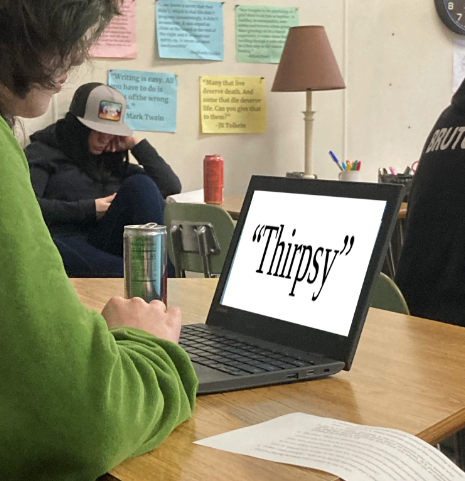
Students Autumn P and Rorri C with a quote from the student survey.
January 18, 2023
Monster, Redbull, and Starbucks, common beverages among students at SPASH. It could be argued that there are more caffeinated drinks than water in an average classroom. According to food insight, over 93% of Americans consume caffeine daily. But something that is never considered among SPASH students is caffeine intake and its effects.
The Survey
From a SPASH survey of 59 students 43 of them drink a caffeinated beverage at school. Of those students 80% drink coffee or an energy drink. This shows how popular specific caffeinated drinks are at SPASH. According to the survey, students appeal is just good taste, to quench their thirst or energize. But what does this look like for students physically and mentally.
Student effects
From the survey multiple students replied to a question that asked if they had a physical or emotional feeling. Multiple students replied with answers stating positive effects. Like it makes them happier, friendlier or more focused. Which makes caffeine look helpful, as these effects can help with student participation and even productivity. But some negative effects stated by students are shakiness or getting tired. Of course these effects aren’t what any student wants from caffeine. In fact crashing from caffeine can cause a heavy tiredness, something most students are already trying to escape.
What’s in the can?
Experts from Kids Health recommend teens get no more than 100 mg of caffeine a day. The problem with this is energy drinks like Monster or Redbull contain over 140 mg of caffeine per one 16 ounce can. But a 16 ounce Starbucks coffee contains 330 mg of caffeine. This means the average student should be having less than one energy drink per day; and better off not drinking Starbucks at all. A better example of this is even a small Starbucks drink has 180 mg of caffeine. These large amounts can not only cause health problems, but it can cause anxiety. And this can make caffeine for students a higher risk than reward. Because students using large amounts of caffeine for schoolwork could get too much anxiety and then be so overwhelmed they can’t get any work done.
What’s too much?
Drinking larger amounts of caffeine can lead to even bigger problems. According to Nemours “Fast or irregular heartbeats, high blood pressure, hallucinations, and seizures” are all problems that can come from regular use of high caffeine drinks. One example comes from Dr. Hsu, one of his patients had drank 12 energy drinks in 10 minutes. Which caused the patient to develop pancreatitis according to Nemours. Now I can’t say I’ve consumed this much before, and neither do any of the students in the survey. But you don’t see someone getting these kinds of sickness from drinking a large amount of water or milk.
Of course it is not out of the picture that serious physical harm can come from caffeine. The problems caffeine causes outweigh the positive effects. And all of these effects are definitely something to consider if you’re opening up that second can, or your first.

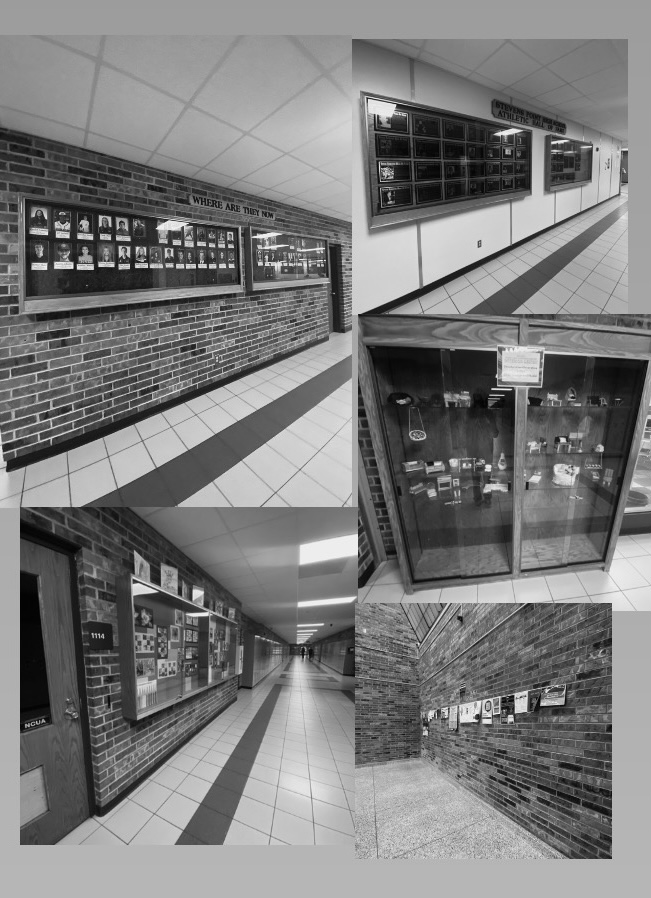
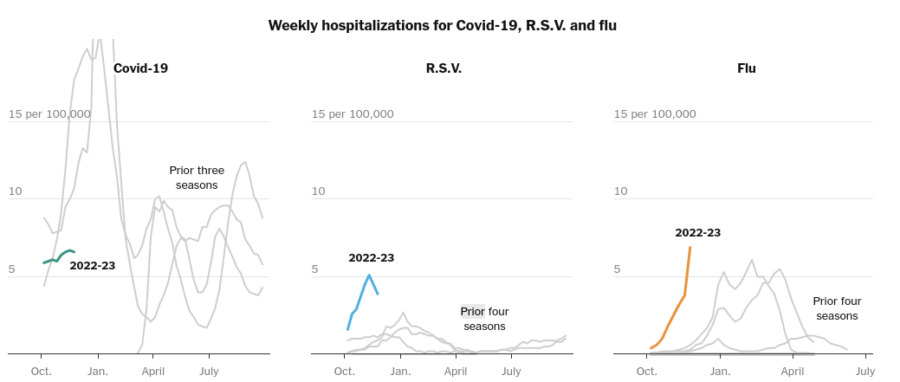
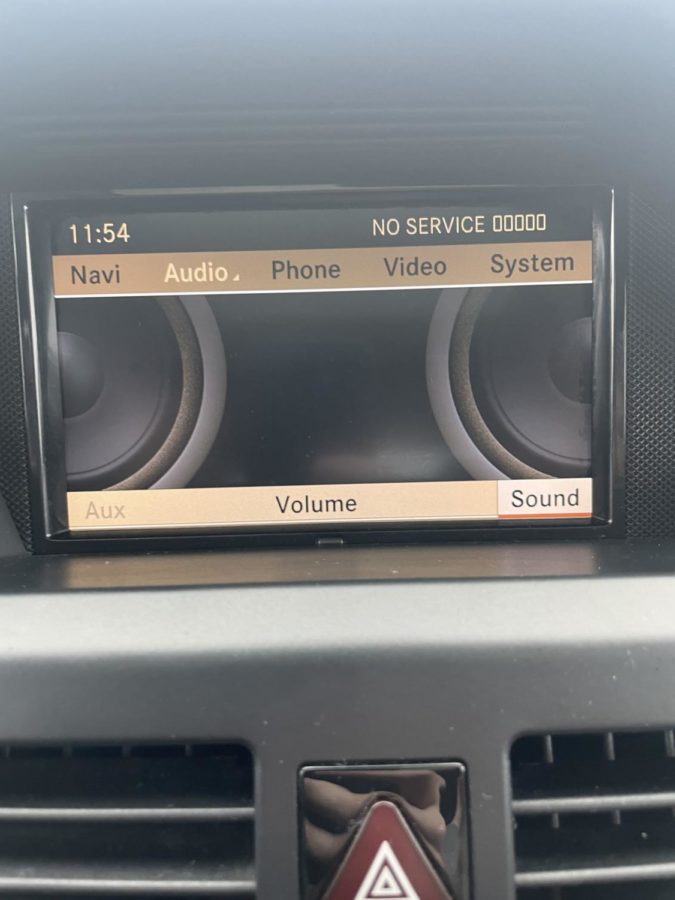
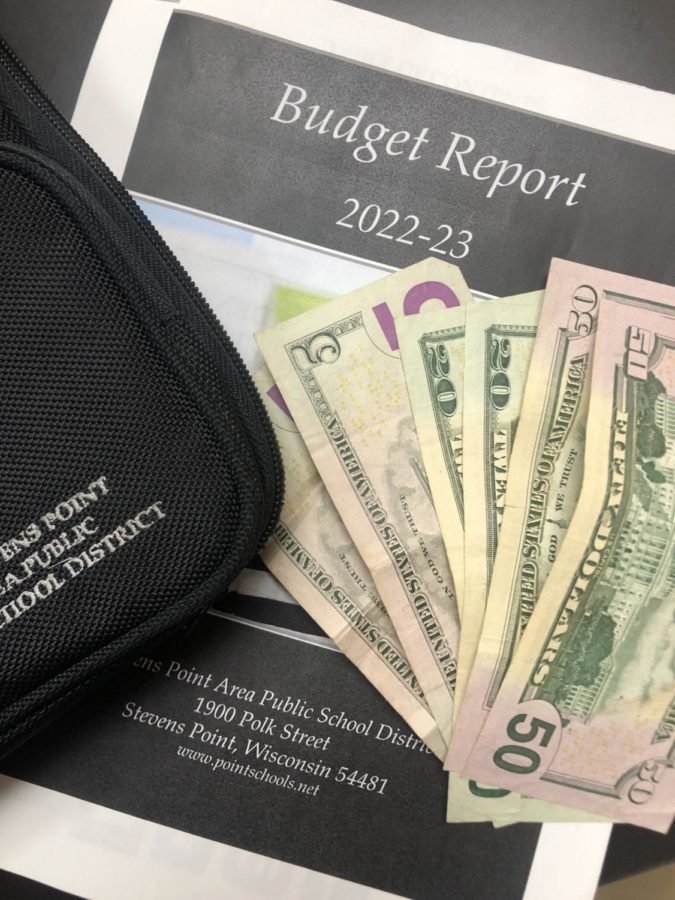
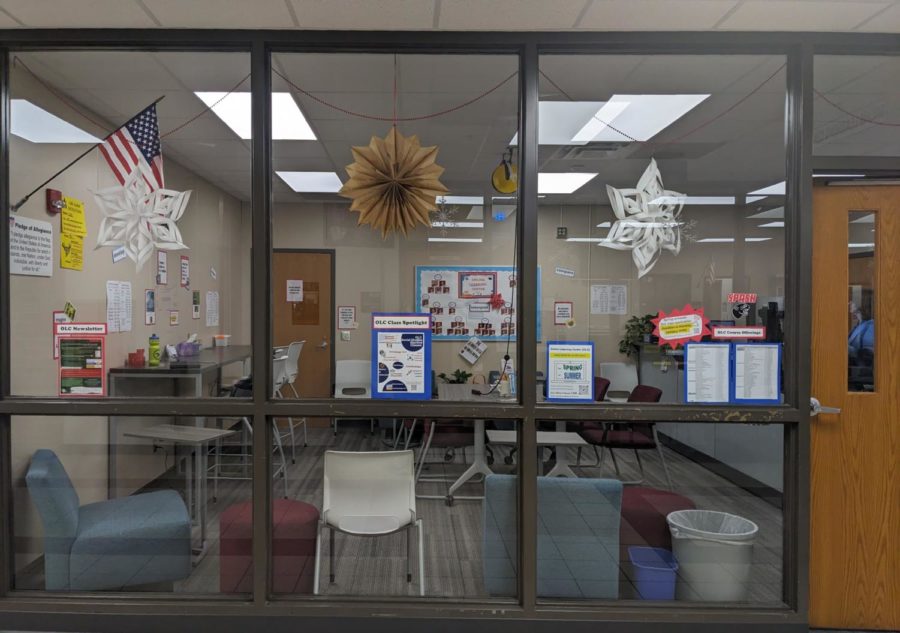
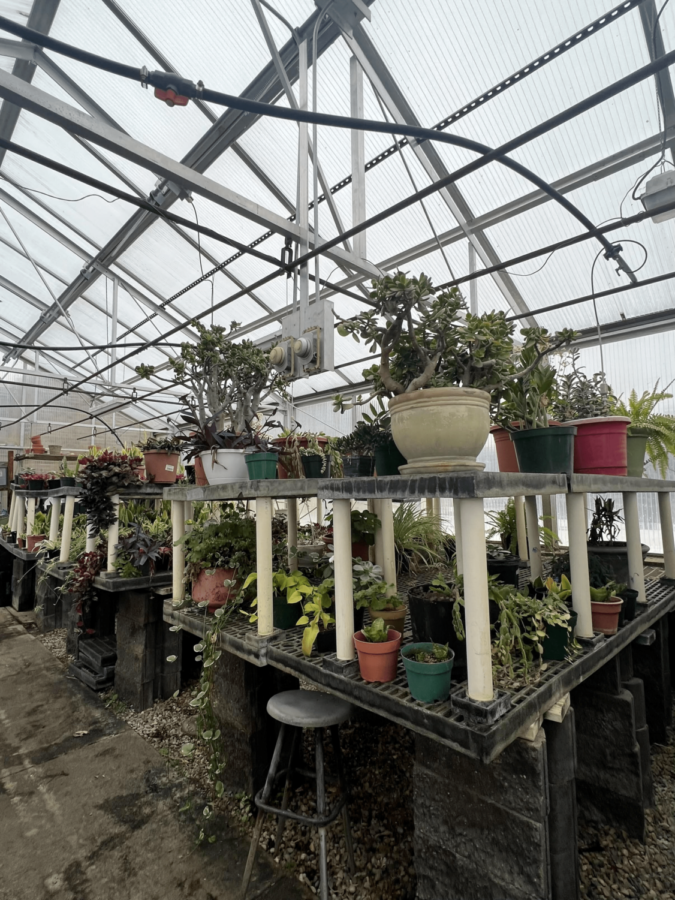


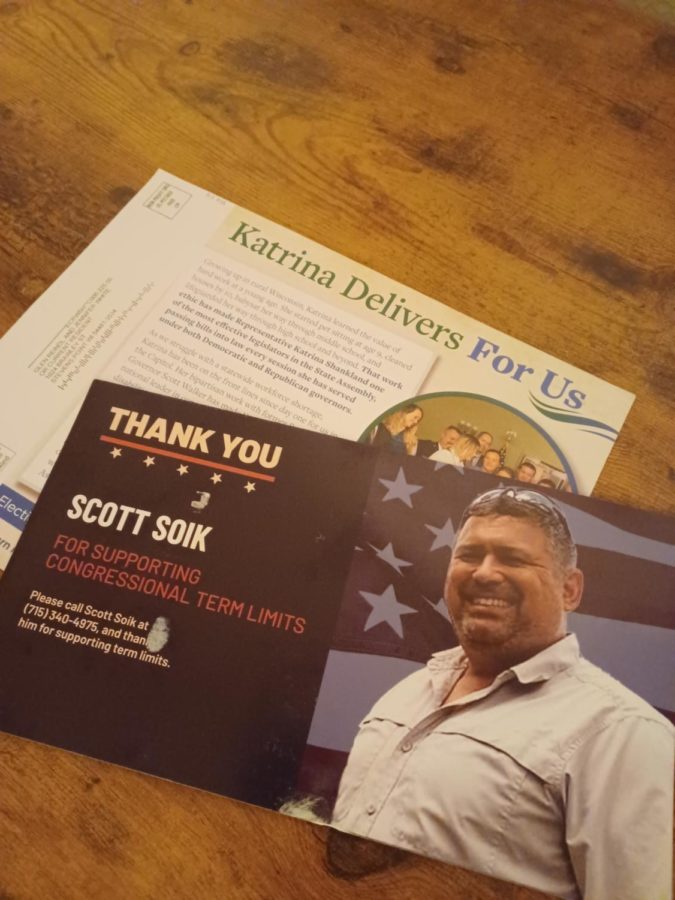
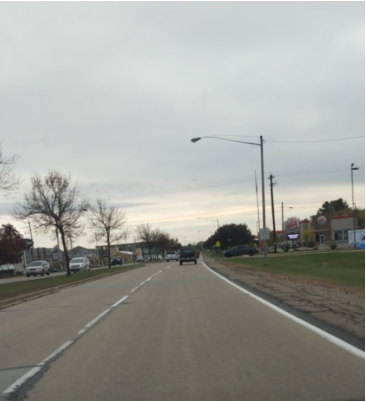


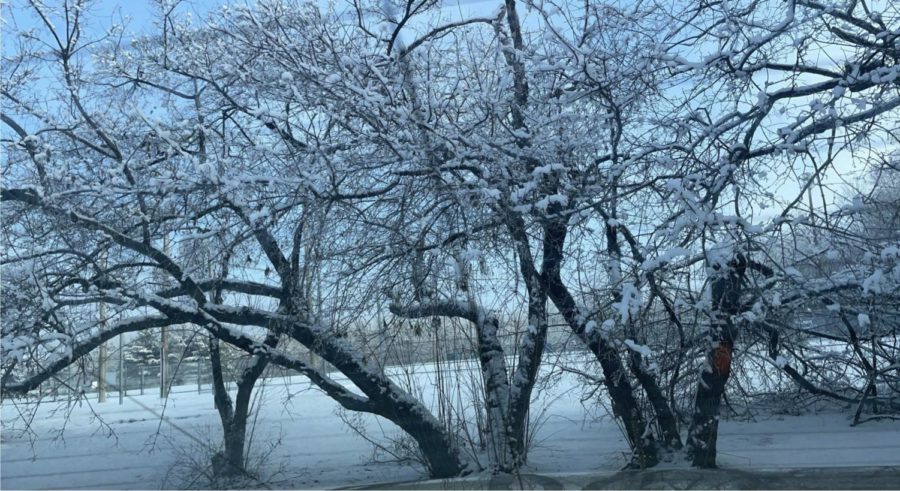
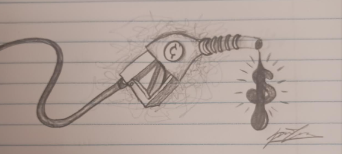
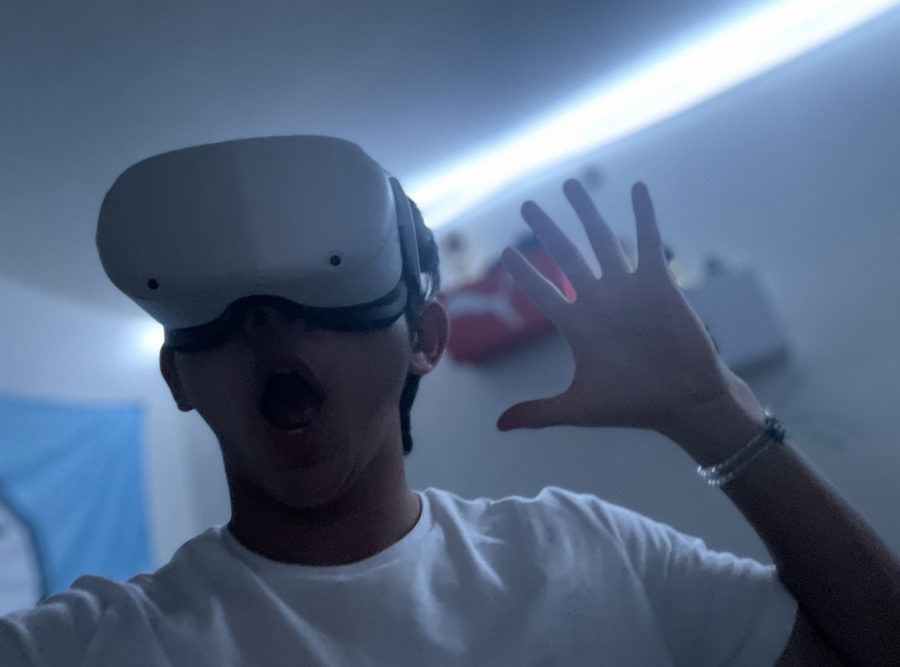

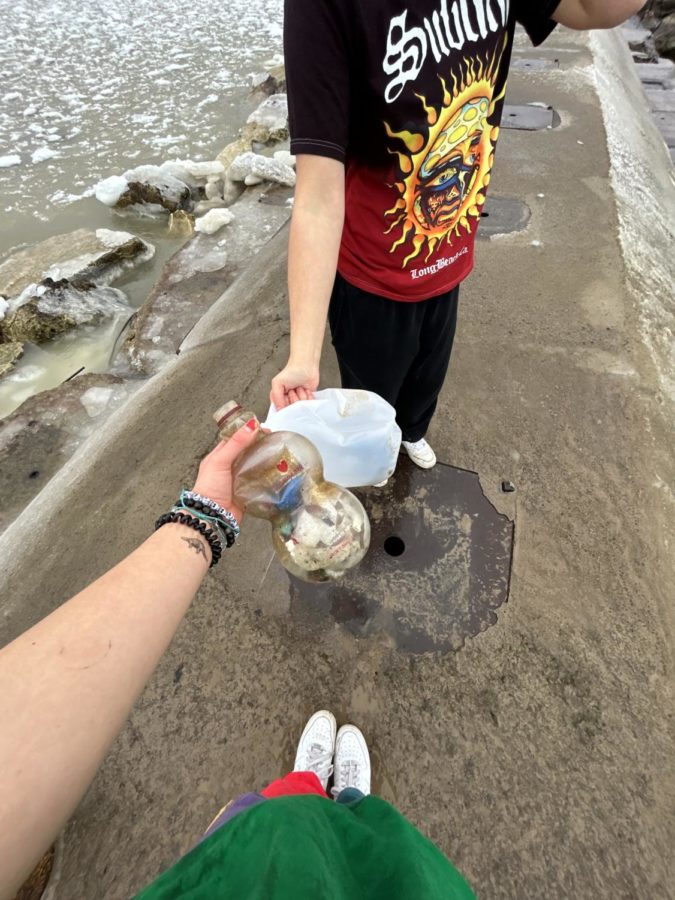

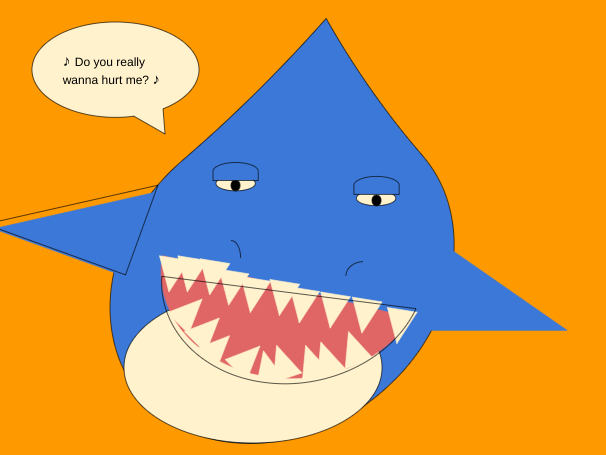
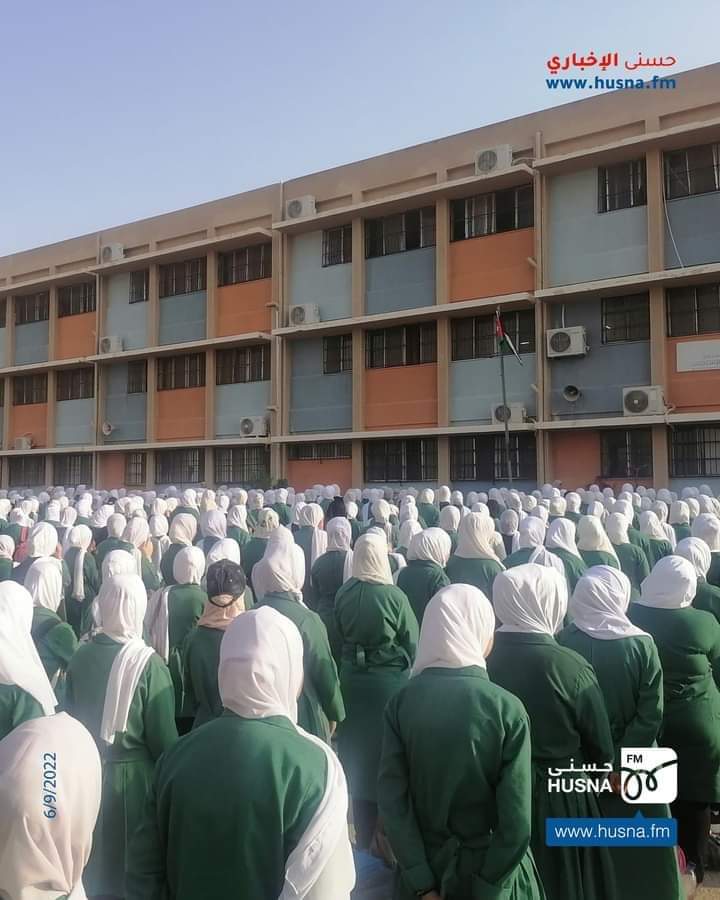


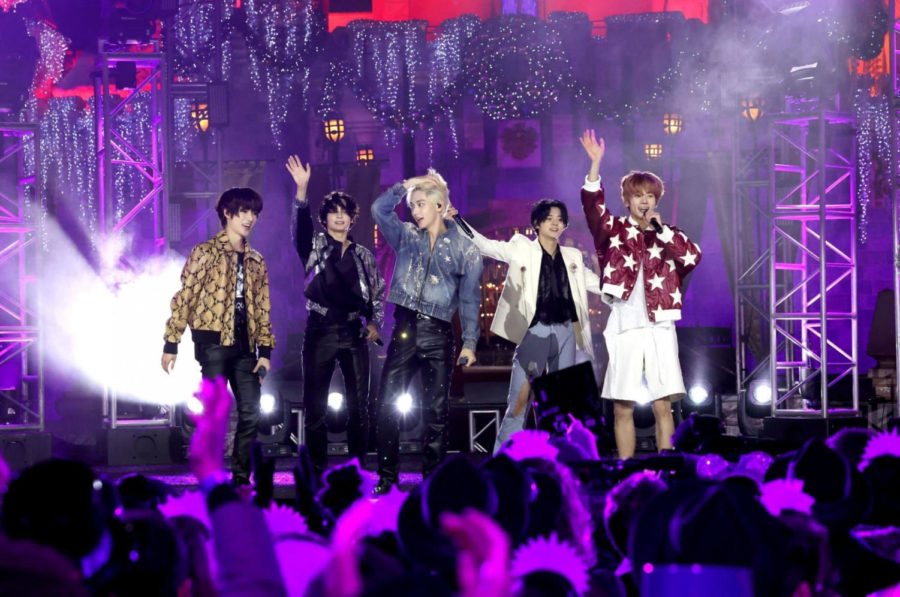
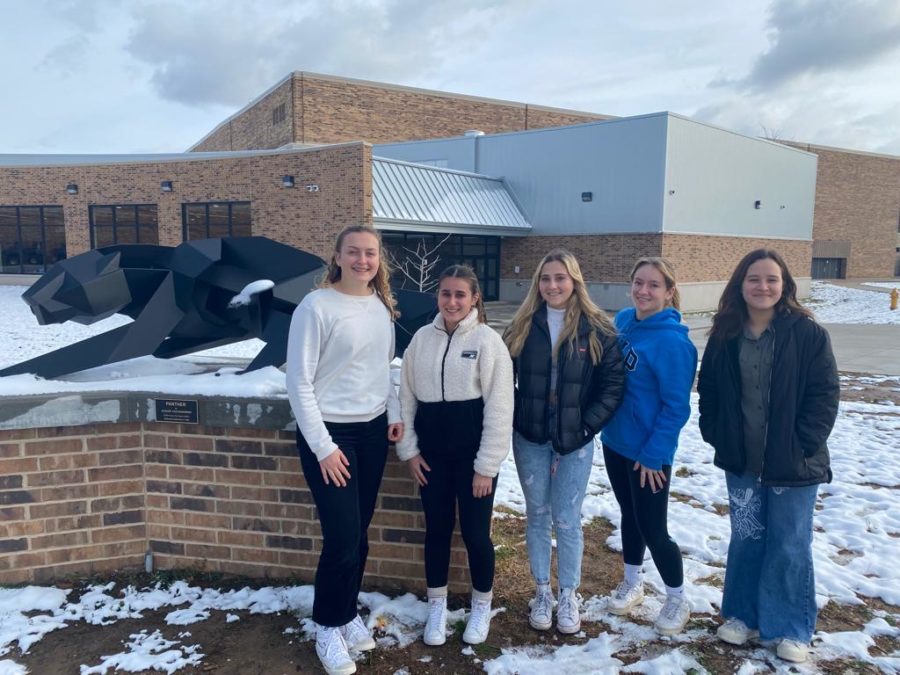
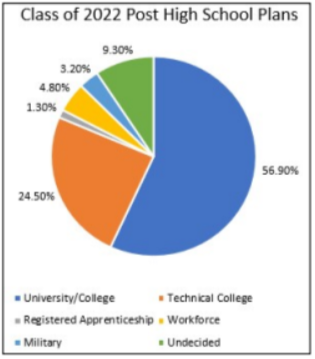
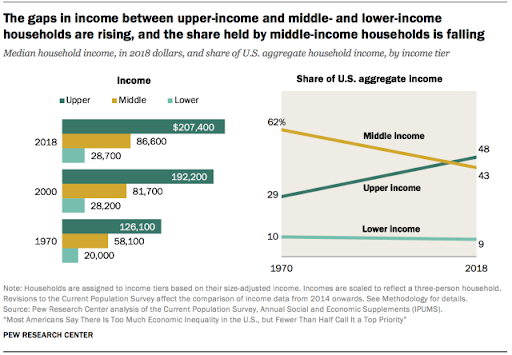
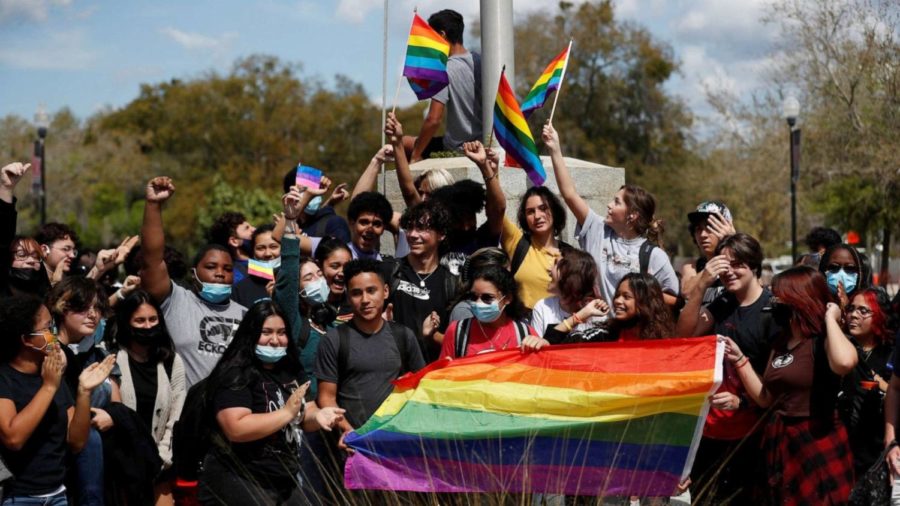
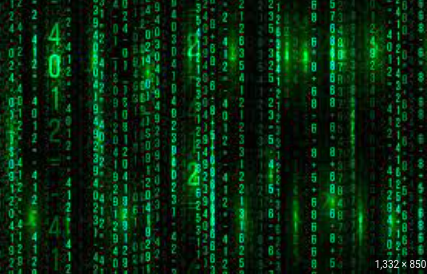
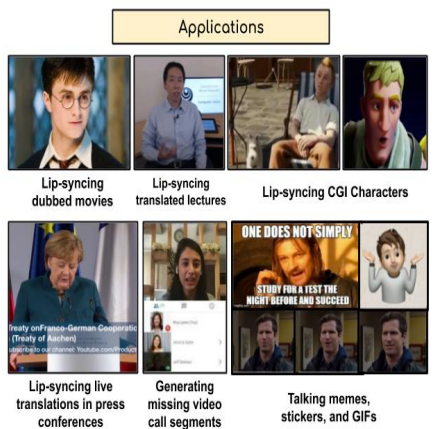
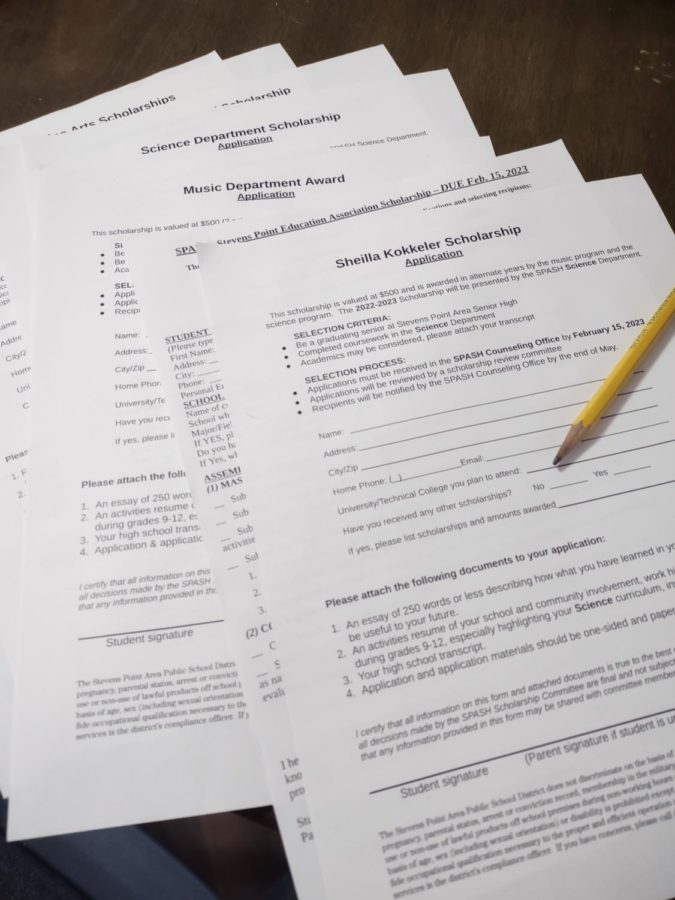

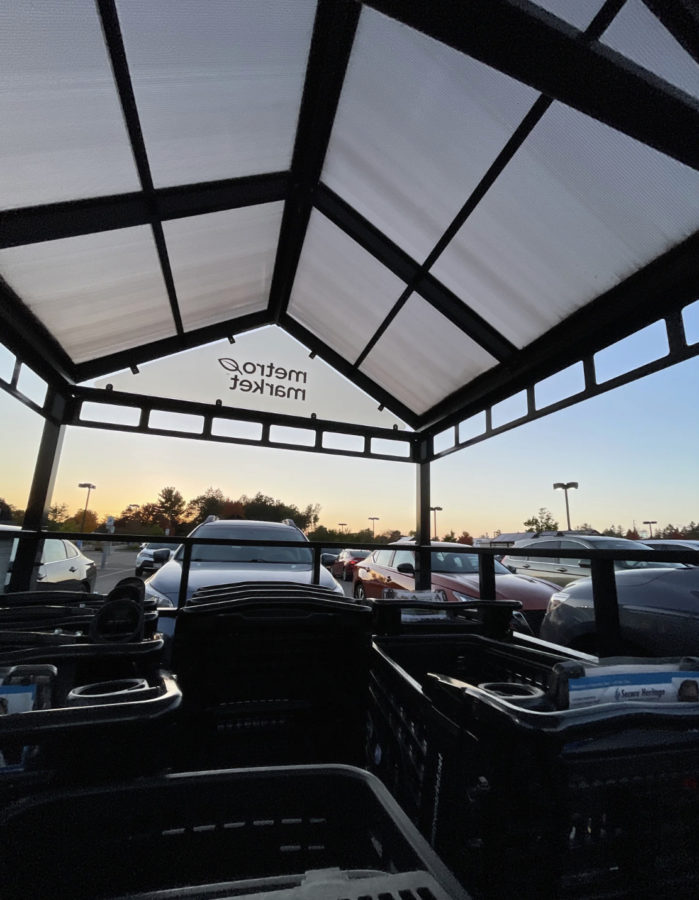

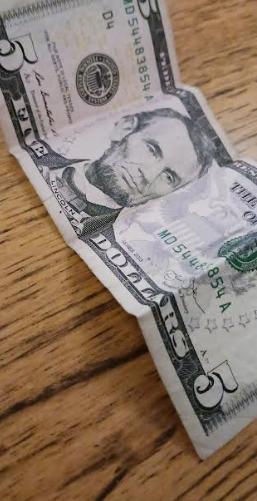
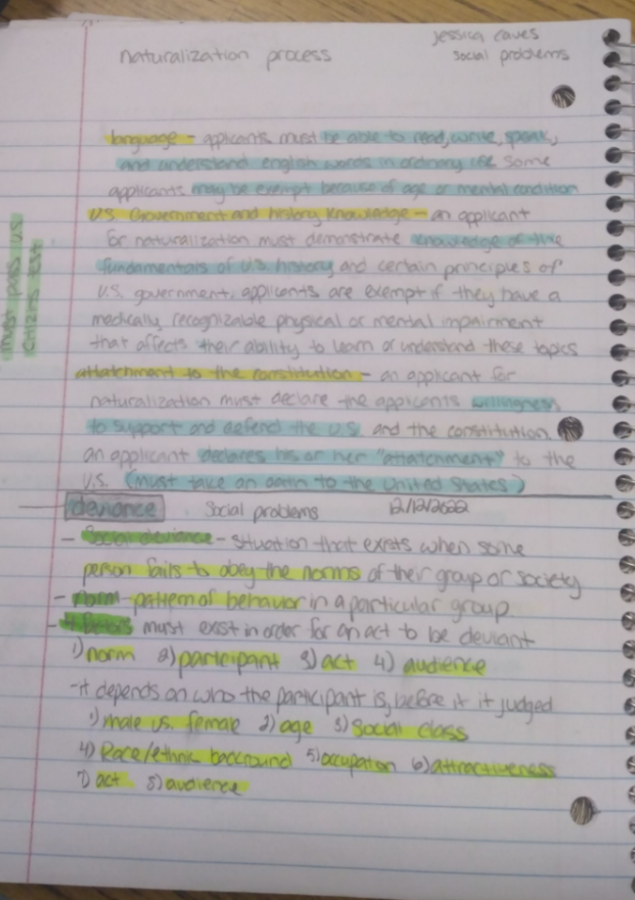
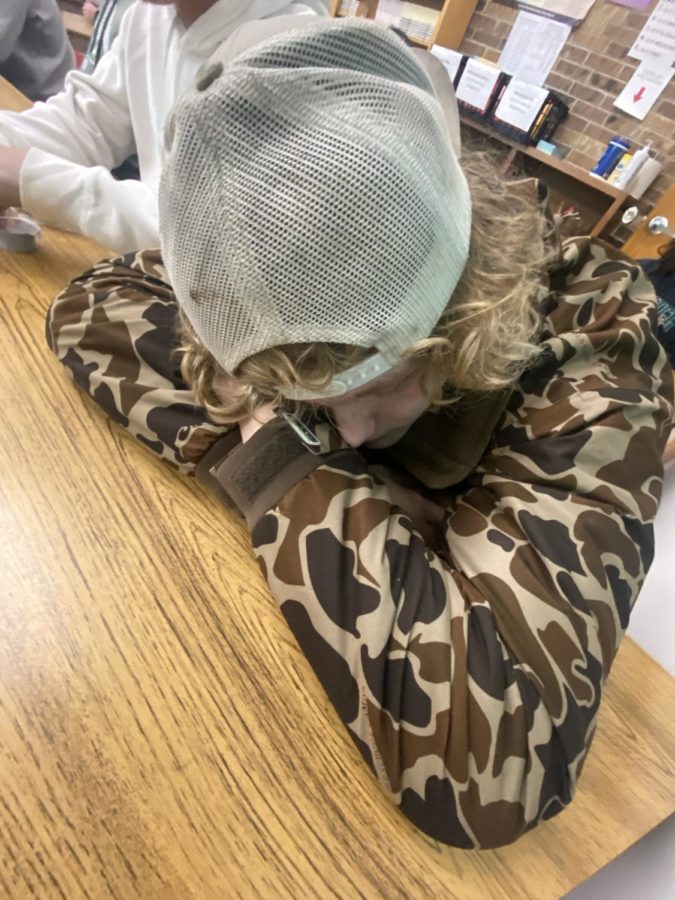
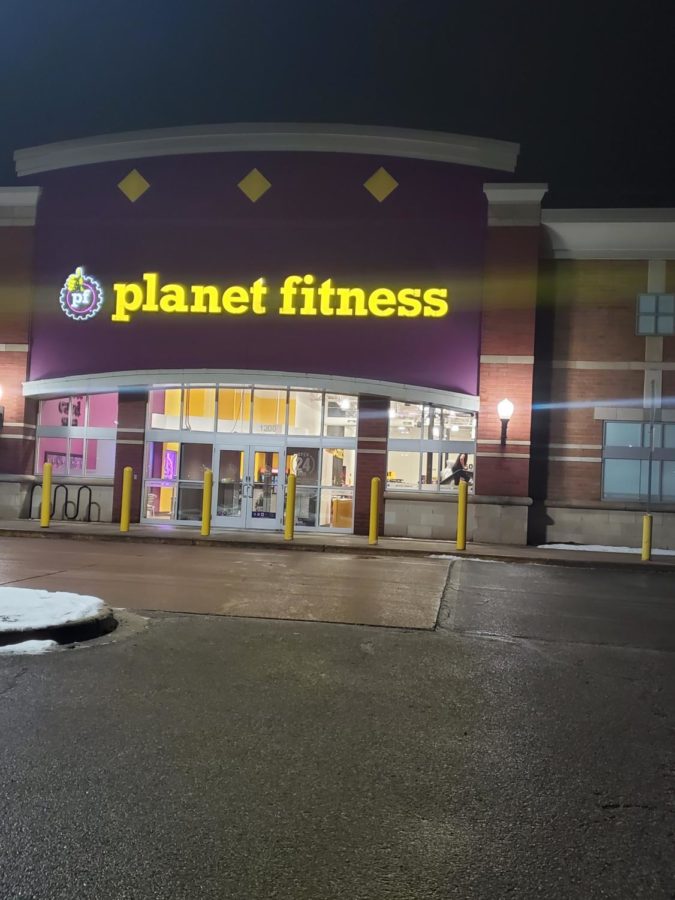
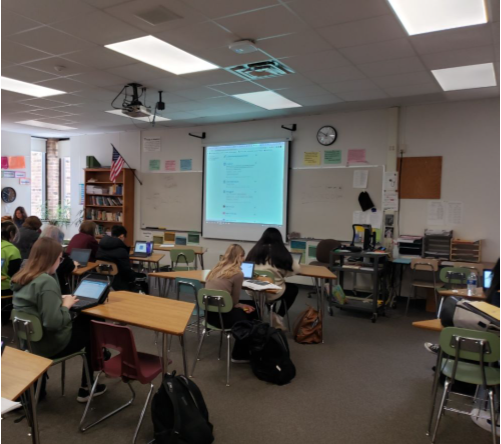
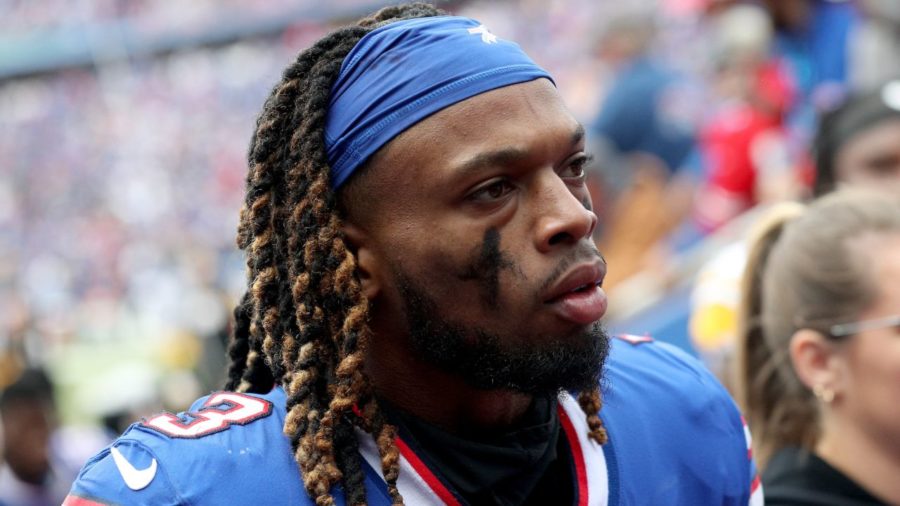

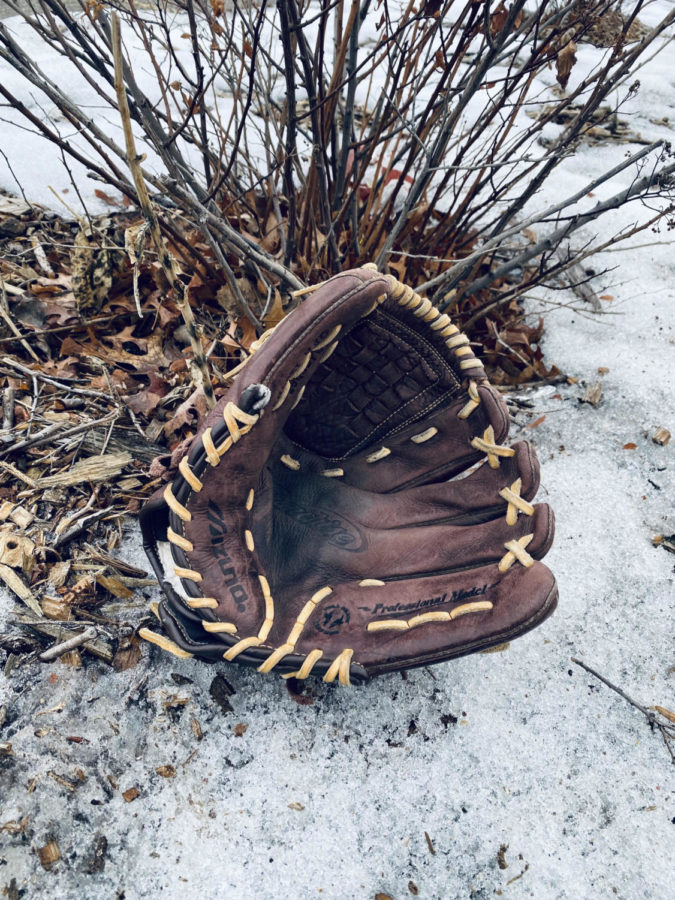


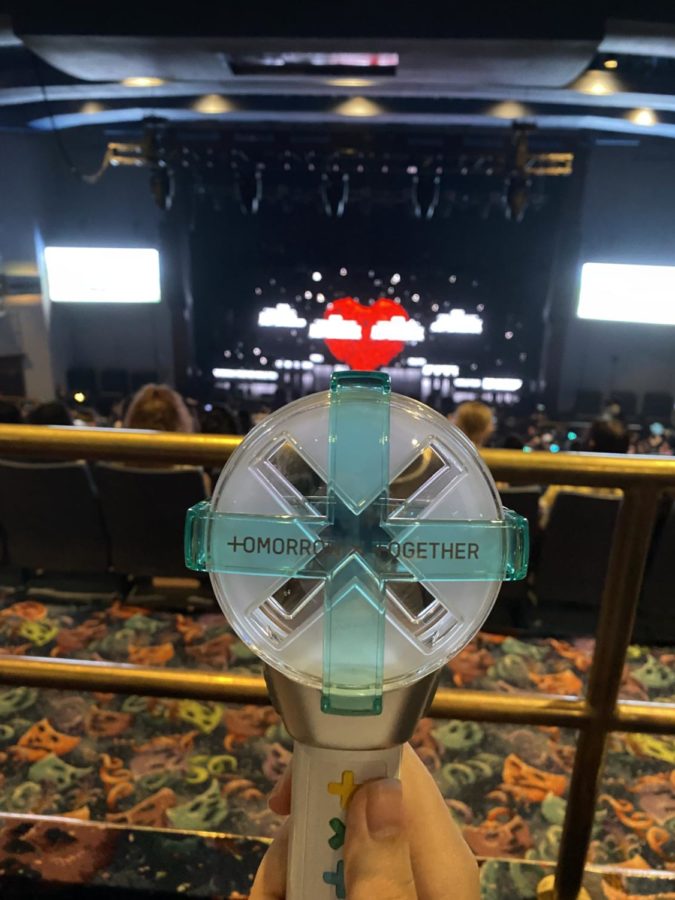

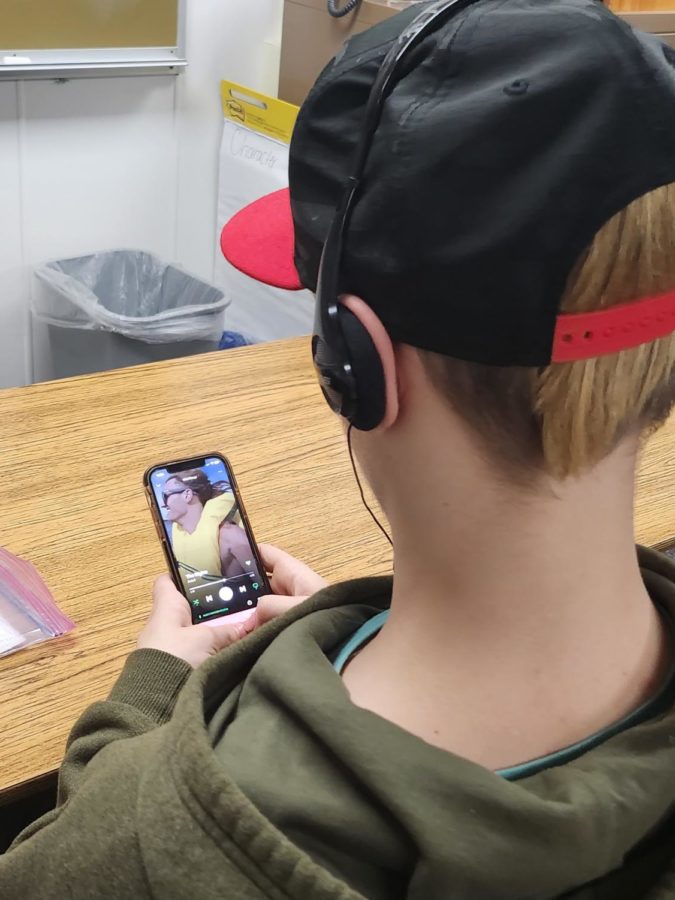

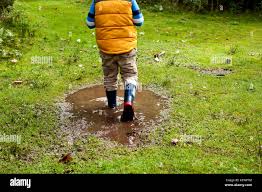
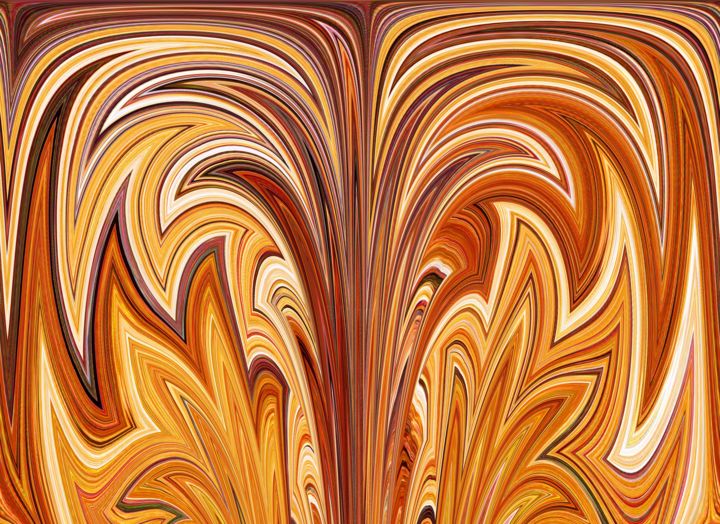



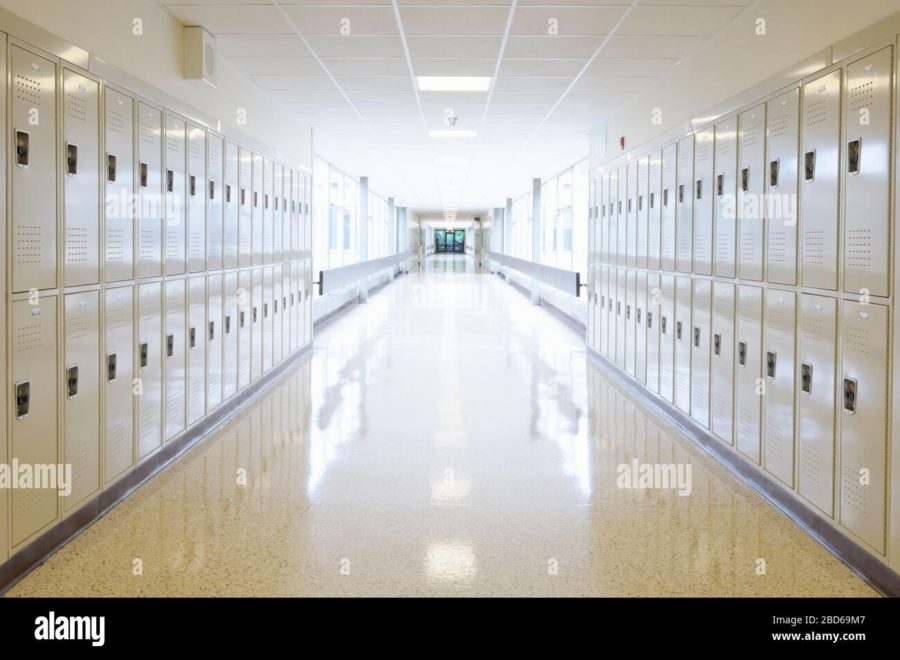

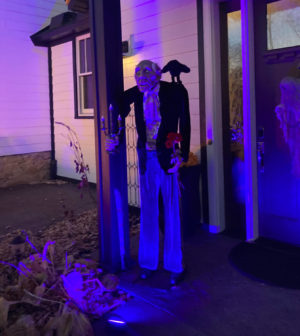
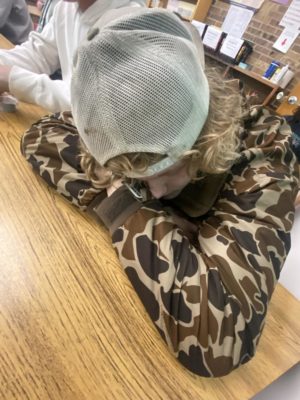

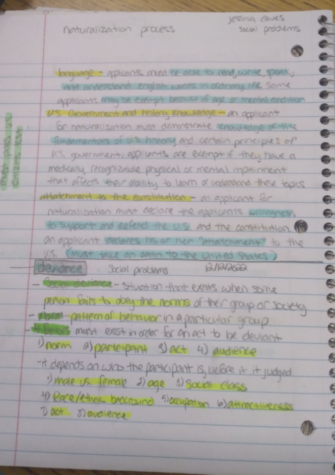
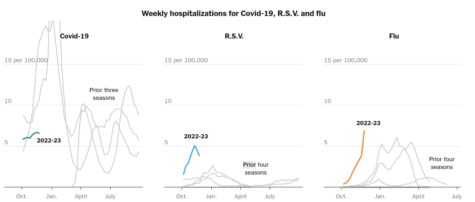
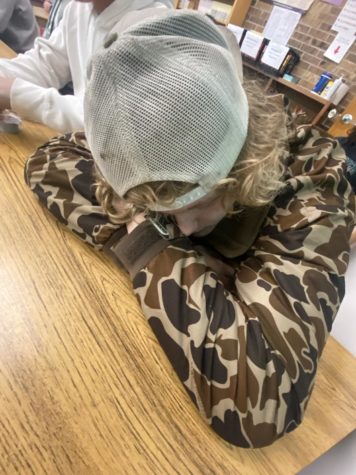
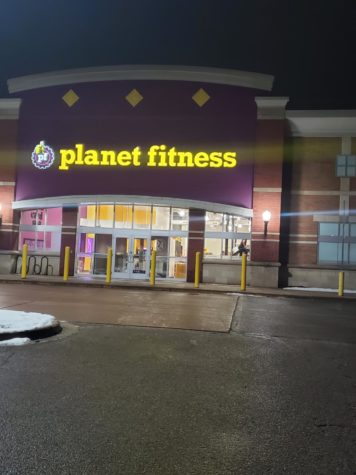
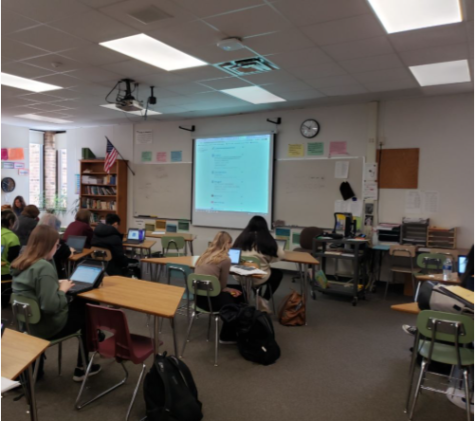
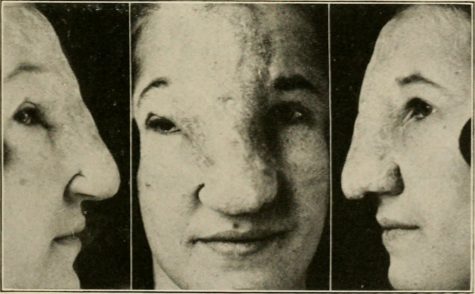


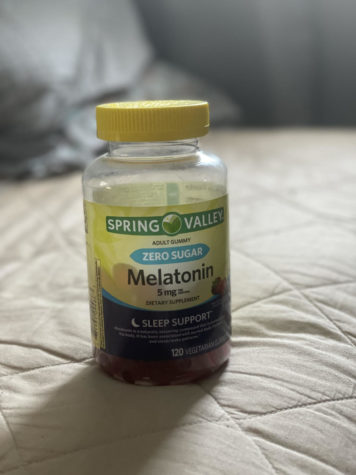
adviser • Jan 23, 2023 at 11:55 AM
Chandler, your graphic is awesome! Love that we can see two caffeinated beverages. You also have a title that really captures my attention.
Rosabelle Thor • Jan 19, 2023 at 10:18 PM
Chandler, your article was very insightful and had a nice amount of evidence and analysis. It’s the exact reason why I don’t drink energy drinks, because of the effects that you’ve mentioned not to mention long term effects.
Donovan M • Jan 19, 2023 at 6:25 PM
interesting article Chandler. I think this is a very relevant issue, and I’ve always been a little suspicious of energy drinks, so it was cool to read more about them, an dhow caffeine affects students!
Stephen Curry • Jan 19, 2023 at 12:42 PM
I mean, you can’t blame others when they’re supposed to wake up at 5 in the morning for school expectations. They’re gonna need that energy to stay awake. However, good job on explaining the pros and cons on this article. I find energy drinks as a good thing.
Alexius Mancl • Jan 19, 2023 at 10:44 AM
Chandler, your article was very interesting. I liked how strong your evidence was and I also liked how relatable this is to so many students. Your introduction is great and really catches the attention of the reader, Great Job.
Keana Butterfield • Jan 19, 2023 at 10:27 AM
Chandler, as someone who drinks 20 ml of Redbull in a day, this was crazy to hear. I don’t read much of the cans. I loved the image you used for this as well, it’s really relevant and honestly kind of funny.